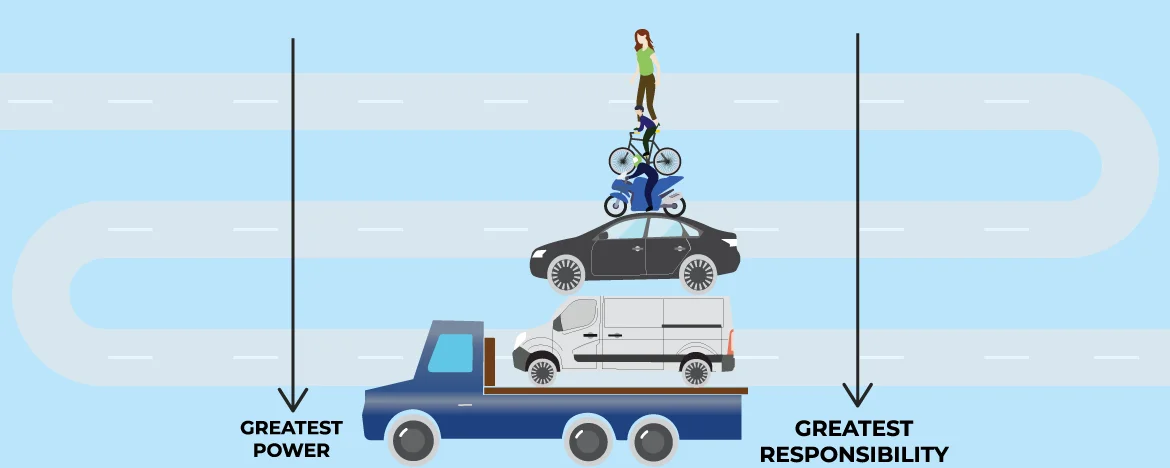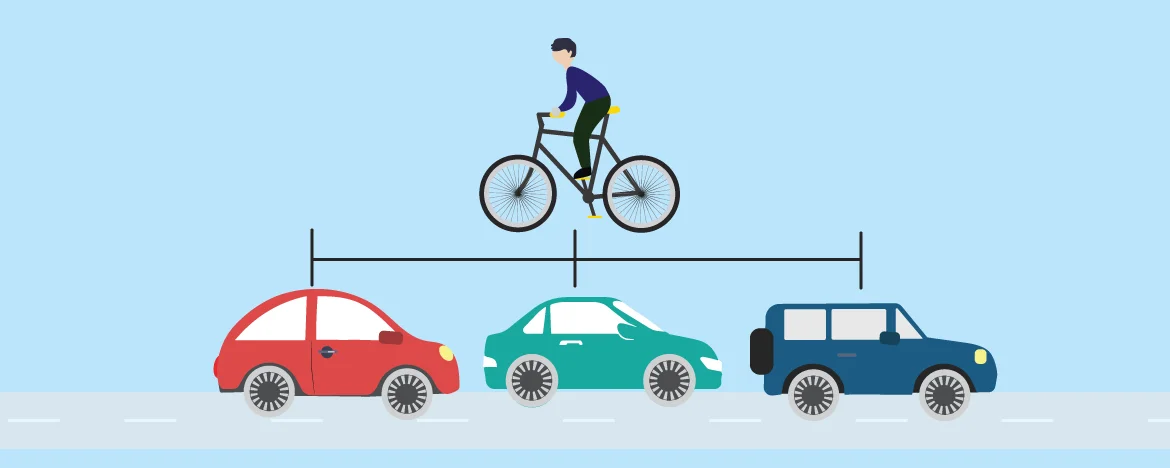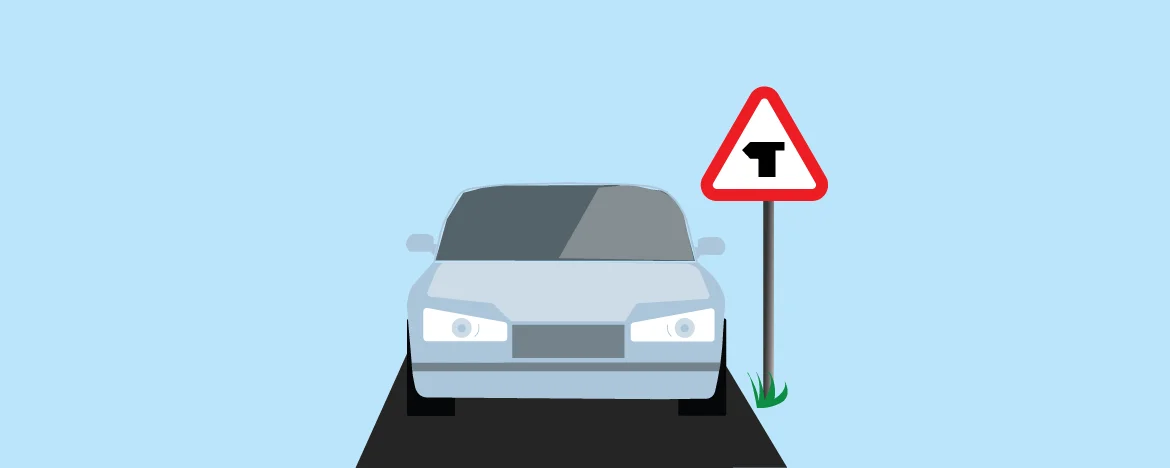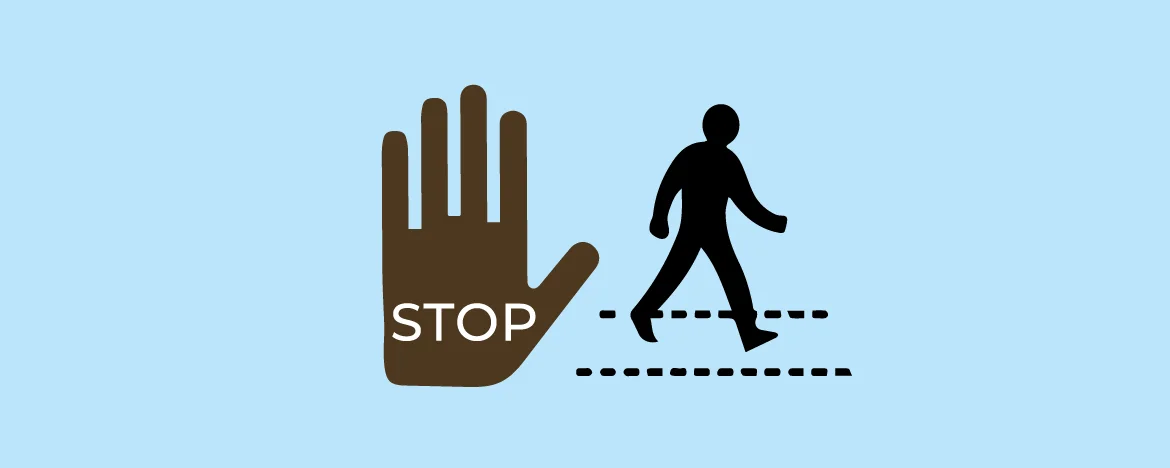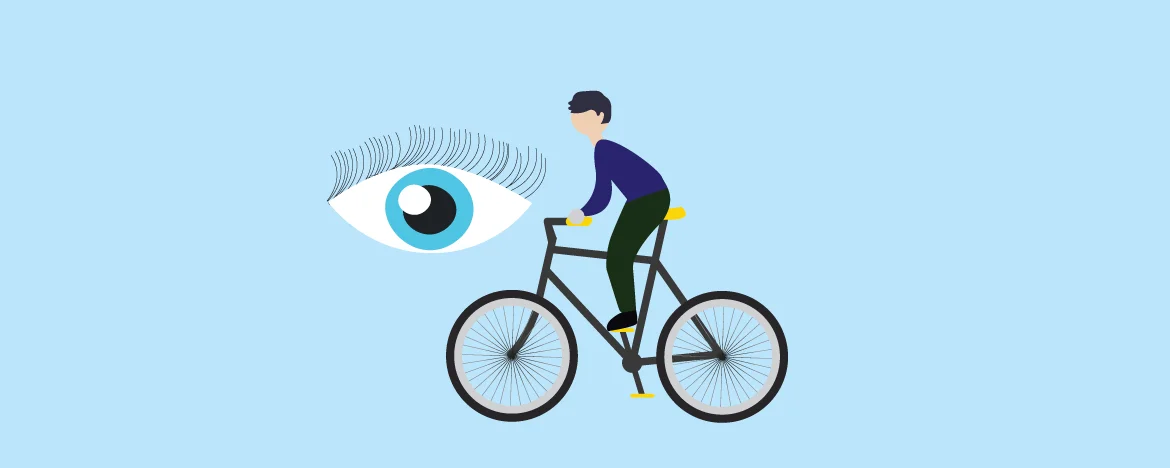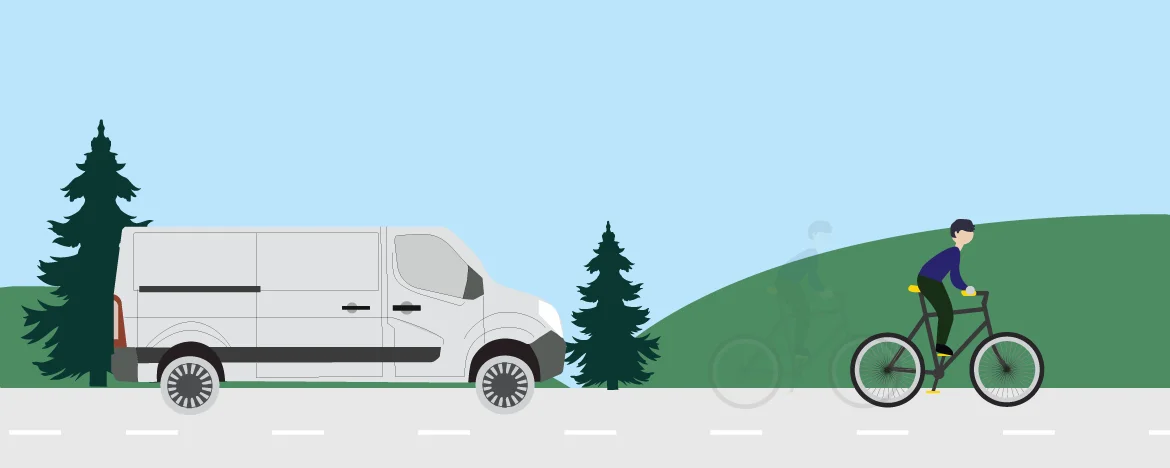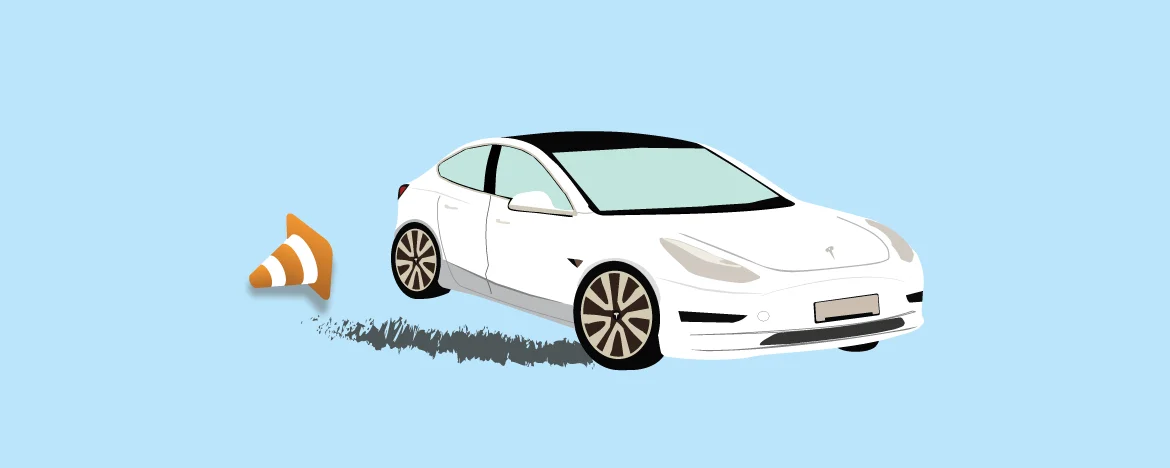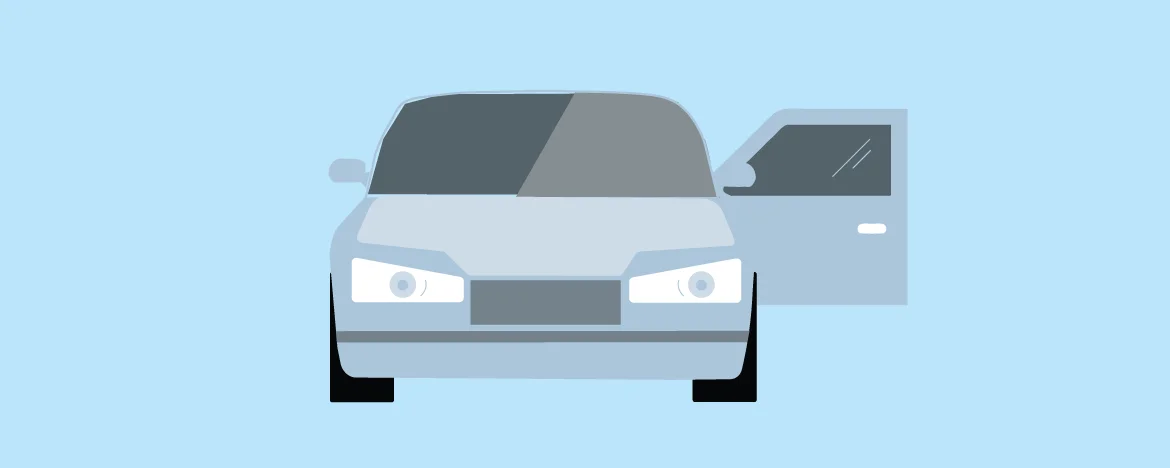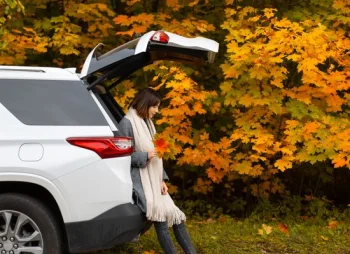New rules came in to force on 29th January 2022 – we debunk the myths and answer your questions
If you regularly take to the road, chances are you’ll be aware that some changes have been made to the Highway Code recently. If you regularly read the news, you’d be forgiven for thinking that these changes are a massive inconvenience for drivers - most notably due to the introduction of heavily campaigned for "Hierarchy of Road Users" (we'll get to that shortly).

